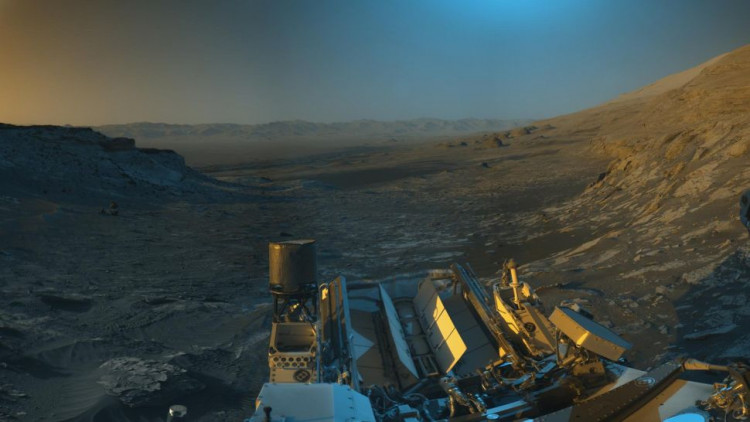Innovative Advanced Concepts (NIAC) is a NASA program that offers exploratory funding for technology ideas that, even if they were to succeed, would have enormous implications.
The concept of getting astronauts to Mars in 45 days is undoubtedly the one with the most untapped potential among this year's candidates. To compare, the Perseverance rover took 203 days to reach Mars.
Professor Ryan Gosse of the University of Florida calls his concept "Bimodal NTP/NEP with a Wave Rotor Topping Cycle" in a NASA blog post. NTP/NEP stands for Nuclear Thermal Propulsion/Nuclear-Electric Propulsion, two spaceflight theories that have been around for a long but might substantially reduce the time it takes people to get to Mars for any future expeditions.
Although there are scant details, Phase I grants like the one Gosse received are often lacking in details. With only $12,500, he won't have anywhere close to enough money to create a working spaceship, much less a prototype. Instead, it will provide Gosse the opportunity to advance the idea to the point where it may contend for further stages or other financial sources.
While many of the sensors aboard spacecraft have been powered by radioactive decay, they have relied on traditional chemical propulsion to propel them toward their destinations. Theoretically, switching to nuclear energy has several benefits, especially in terms of lower fuel loads.
Nuclear-Thermal Propulsion would heat a propellant, such as liquid hydrogen, until it became plasma, which would then escape out a nozzle, using Newton's third law to push the craft in the opposite direction.
Nuclear-Electric Propulsion, on the other hand, would use the reactor's energy to power an ion thruster.
Rather than viewing both technologies as rivals, Gosse believes they may be integrated using a "Wave rotor to decouple [the] reactor with motive gas" to create 1,800-4,000 seconds of specific impulse (lsp) while avoiding the mass-to-power ratio constraints that NEPs now face. Existing chemical rockets create roughly 450 seconds of lsp, so if Gosse is correct, this represents a significant advancement in what is conceivable.
The time it takes to go to Mars isn't a big deal for robotic missions, but it's probably the biggest barrier to sending people there. On missions that will likely last at least six months round trip, astronauts would have to deal with everything from radiation exposure and muscle atrophy to boredom. The mission's weight and cost would be significantly increased by simply having enough food on hand.





